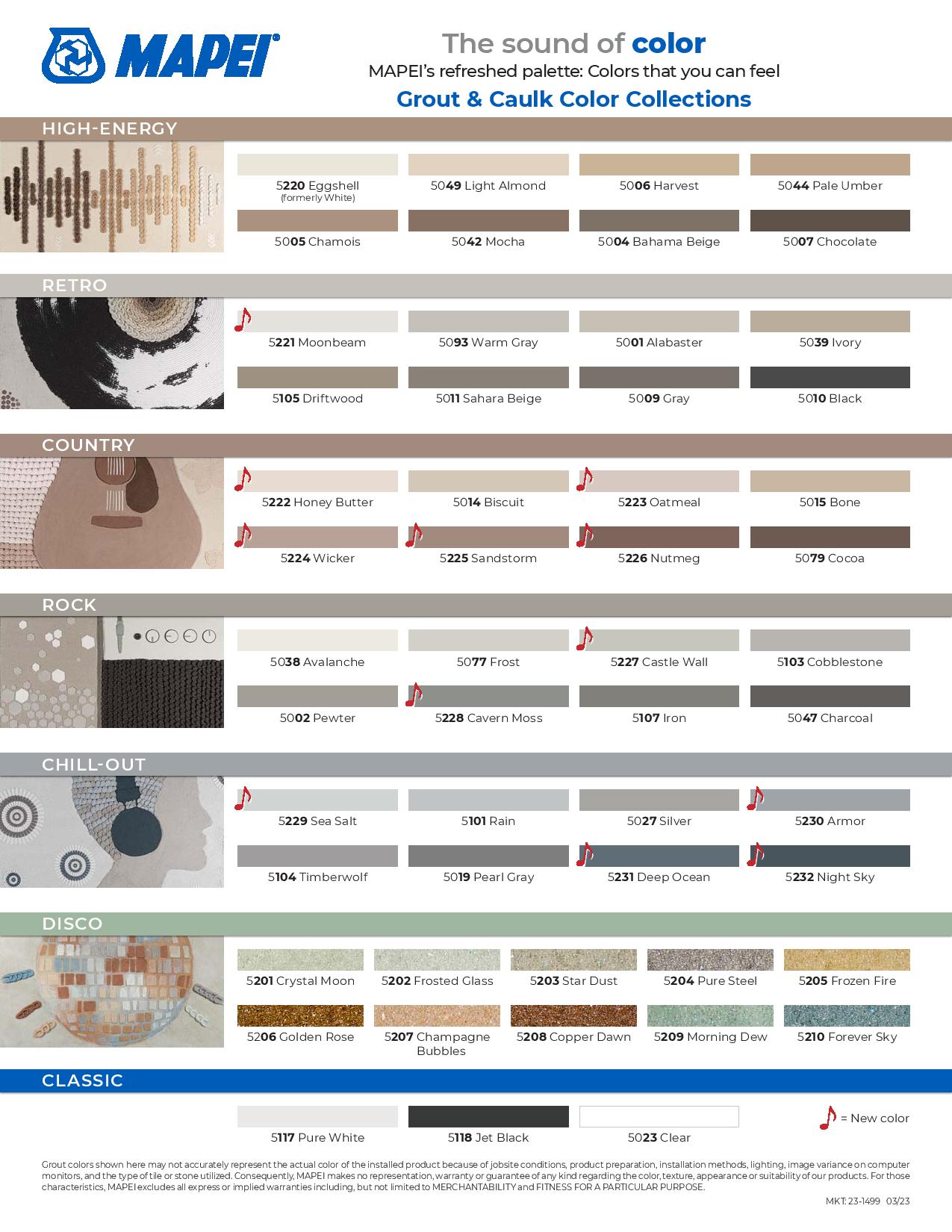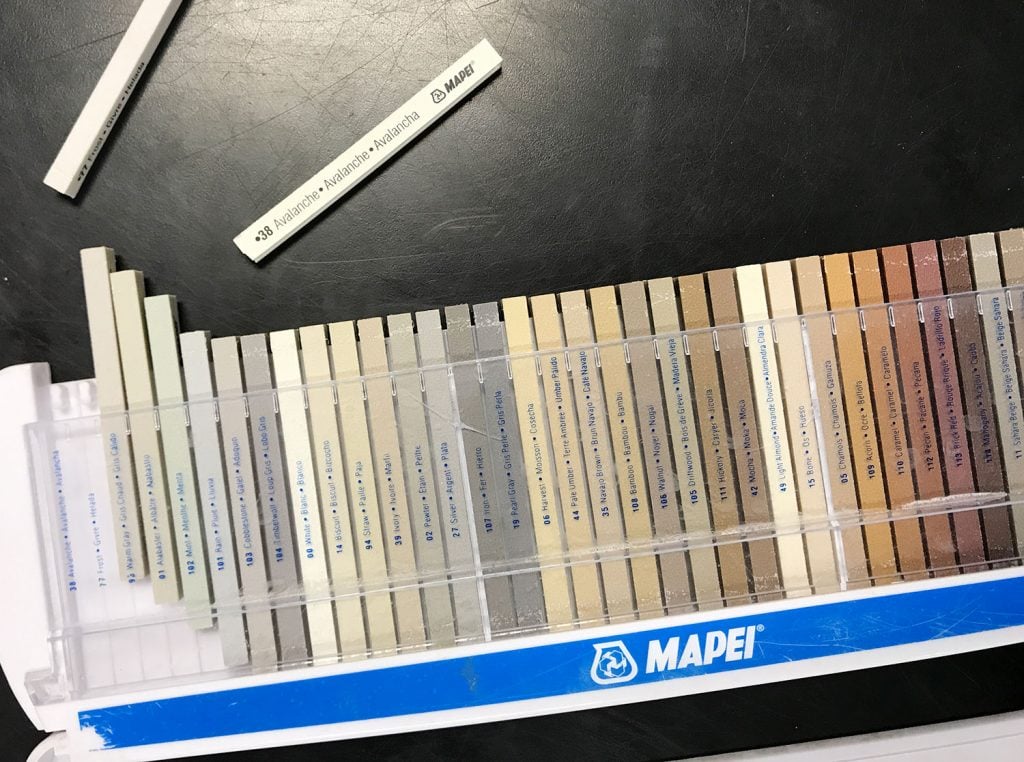When designing your home, the choice of grout color can make or break the entire look. Whether you’re refreshing your bathroom or installing new kitchen tiles, the right grout color can enhance your decor and create a unified aesthetic.
Introduction to Grout Colors
Grout isn’t just the adhesive that holds your tiles in place; it can also dramatically affect the ambiance of a space. As someone who has tackled several home improvement projects, I’ve learned that grout selection is as essential as choosing the right tiles. In this guide, we’ll explore various grout colors available at Floor and Decor, factors to consider when selecting grout, and tips based on my personal experiences.
Understanding Grout and Its Types
What is Grout?
Grout is a mixture of water, cement, and sand, which is used to fill the spaces between tiles. It comes in various formulas, including:
- Cementitious Grout: Traditional option, great for most applications.
- Epoxy Grout: Durable and stain-resistant, ideal for high-moisture areas.
- Polymer-Modified Grout: Offers better flexibility and resistance to cracking.
Why Grout Color Matters
Choosing the right grout color can enhance your tile’s appearance and durability. Here are a few reasons why grout color is crucial:
- Aesthetic Appeal: The right color can complement or contrast with tiles, enhancing visual interest.
- Maintenance: Lighter grout colors may show stains more quickly, while darker colors can hide dirt.
- Design Style: Different colors project different vibes – from modern to rustic.
Grout Color Options at Floor and Decor
Floor and Decor offers a wide range of grout colors. Here’s a breakdown of popular options:
| Grout Color | Best For | Pros | Cons |
|---|---|---|---|
| White | Classic and bright spaces | Brightens up rooms | Stains easily |
| Gray | Modern and versatile | Hides dirt well; versatile | Can appear dull if too dark |
| Beige | Warm, earthy tones | Softens bold tiles | Can look muddy with dirt |
| Black | Contemporary styles | Ultra-modern look | Shows dust; can be very stark |
| Blue | Beach themes | Adds a pop of color | May not match with all tiles |
| Custom Colors | Unique design projects | Tailored to your style | More expensive |
Factors to Consider When Choosing Grout Color
Tile Color and Design
The color of your tiles should play a pivotal role in your grout choice. For example, if you have light-colored tiles, a contrasting dark grout can make them pop, while a matching color can provide a seamless look.

Room Lighting
The lighting in your room can influence how grout colors appear. Natural light can wash out colors, while incandescent bulbs can warm them up. Always test grout colors in the intended lighting before making a decision.
Room Functionality
Consider the purpose of the room. High-traffic areas or bathrooms may benefit from darker grouts that can hide stains and dirt, while decorative areas might allow for lighter, more delicate colors.

Style Preference
Are you leaning toward a modern aesthetic or a more traditional one? Your personal style should dictate your grout color, as it is a significant aspect of your overall decor.
My Personal Experience with Grout Colors
During my recent bathroom remodel, I decided to install light gray tiles but went with white grout. Initially, I was thrilled with how bright and airy it made my space feel. However, within a few months, I noticed the grout starting to pick up stains. I realized that while the color was aesthetically pleasing, it required significant upkeep.
For my kitchen, I opted for a darker charcoal grout with my light subway tiles. The contrast was stunning, and I found that it didn’t show dirt or spills as easily as the white grout in my bathroom.

Pros and Cons of Different Grout Colors
Light Grout Colors
- Pros: Brightens spaces, creates a clean aesthetic.
- Cons: Shows stains and dirt quickly; requires more maintenance.
Dark Grout Colors
- Pros: Hides dirt well, adds dramatic contrast.
- Cons: Can make spaces feel smaller; may require special cleaning products.

Colored Grout Options
- Pros: Unique, personal touch; can match specific design themes.
- Cons: Often more costly; may not suit every tile.
Maintaining Your Grout
Cleaning Tips
Different grout colors and types have varying maintenance needs. Here are some key tips:
- Regular Cleaning: Use a gentle cleanser suited for your specific grout type.
- Sealing: Consider sealing grout to extend its life and resist stains.
- Immediate Attention: Clean spills as soon as they happen to prevent stains.

Long-term Care
Monitor your grout condition regularly. If you notice wear and tear, don’t hesitate to re-grout or reseal. Maintaining your grout helps preserve the beauty of your tiling for years to come.
Frequently Asked Questions (FAQs)
What grout color is best for dark tiles?
For dark tiles, lighter grout colors often provide a beautiful contrast, allowing the tiles to stand out, whereas dark grout can create a sleek, seamless look.

Can I change the grout color?
Yes, it’s possible to change grout color using grout stain products, but this requires some effort and is best done with thorough cleaning first.
How do I choose the right grout color for my project?
Consider your tile color, room lighting, the functionality of the space, and your personal style when selecting a grout color.
Is darker grout harder to clean?
Darker grout can show dust and lint more than lighter colors, but it typically hides stains better, which can make it feel less maintenance-heavy overall.